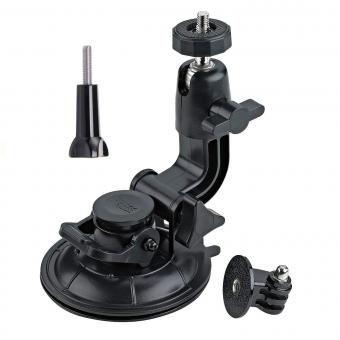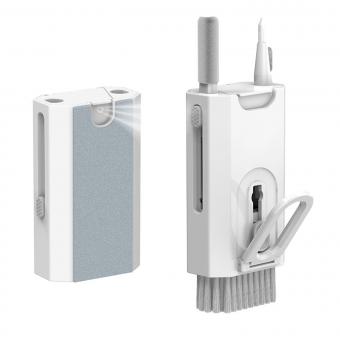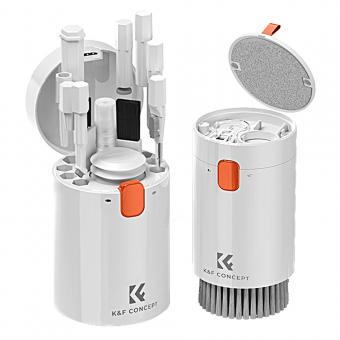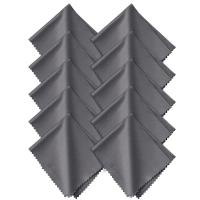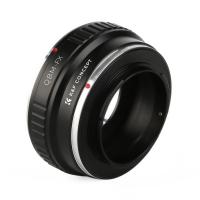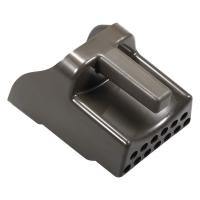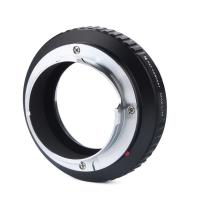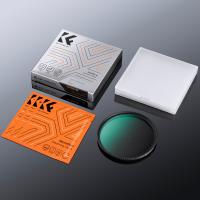What Do You Clean Microscope Lenses With ?
Microscope lenses should be cleaned with a soft, lint-free cloth or lens paper. It is important to avoid using rough or abrasive materials that could scratch the lens surface. Additionally, it is recommended to use a cleaning solution specifically designed for microscope lenses, as regular cleaning solutions may contain chemicals that could damage the lens coating. It is important to follow the manufacturer's instructions for cleaning and maintenance of the microscope and its lenses to ensure optimal performance and longevity.
1、 Microscope Lens Cleaning:
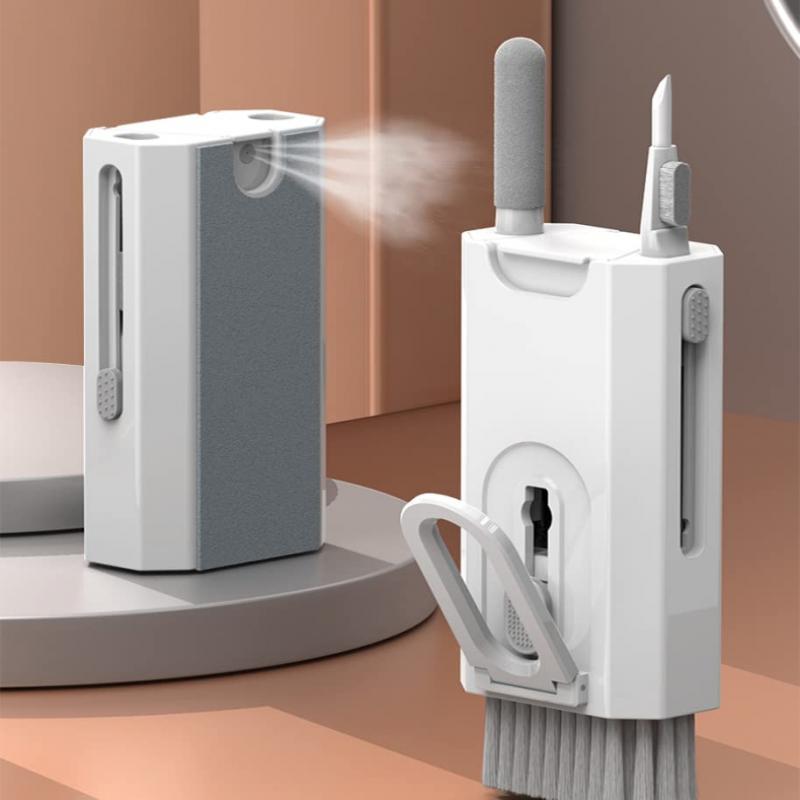
Microscope lenses are delicate and require proper cleaning to maintain their clarity and functionality. The first step in cleaning microscope lenses is to remove any dust or debris using a soft-bristled brush or compressed air. Once the lens is free of loose particles, it can be cleaned using a lens cleaning solution and a microfiber cloth.
The lens cleaning solution should be specifically designed for cleaning microscope lenses and should be applied sparingly to the microfiber cloth. It is important to avoid using any harsh chemicals or abrasive materials that could scratch or damage the lens. Some experts recommend using a 70% isopropyl alcohol solution for cleaning microscope lenses, while others prefer a specialized lens cleaning solution.
When cleaning the lens, it is important to use a gentle circular motion, starting from the center and working outward. It is also important to avoid applying too much pressure, as this can damage the lens. After cleaning, the lens should be allowed to air dry or gently wiped with a dry microfiber cloth.
In recent years, there has been a growing trend towards using ultrasonic cleaners for cleaning microscope lenses. Ultrasonic cleaners use high-frequency sound waves to create tiny bubbles that gently remove dirt and debris from the lens. While ultrasonic cleaners can be effective, they can also be expensive and may not be necessary for routine cleaning.
In summary, microscope lenses should be cleaned using a soft-bristled brush or compressed air to remove loose particles, followed by a lens cleaning solution and microfiber cloth. It is important to avoid using harsh chemicals or abrasive materials and to use a gentle circular motion when cleaning. Ultrasonic cleaners can be effective but may not be necessary for routine cleaning.
2、 Lens cleaning solution

What do you clean microscope lenses with? The answer is lens cleaning solution. Microscope lenses are delicate and require special care when cleaning to avoid damage or scratches. Using a lens cleaning solution specifically designed for microscope lenses is the best way to ensure that they are properly cleaned without causing any harm.
Lens cleaning solutions are typically alcohol-based and come in a spray bottle or a dropper bottle. They are designed to remove dirt, dust, and other debris from the surface of the lens without leaving any residue behind. It is important to use a clean, lint-free cloth or tissue to wipe the lens after applying the cleaning solution.
In addition to using a lens cleaning solution, it is also important to handle microscope lenses with care. Avoid touching the surface of the lens with your fingers, as the oils from your skin can leave smudges or fingerprints that are difficult to remove. When not in use, store microscope lenses in a protective case or cover to prevent dust and debris from settling on the surface.
Overall, proper cleaning and maintenance of microscope lenses is essential for achieving clear and accurate images. By using a lens cleaning solution and handling the lenses with care, you can ensure that your microscope continues to perform at its best.
3、 Lens tissue paper
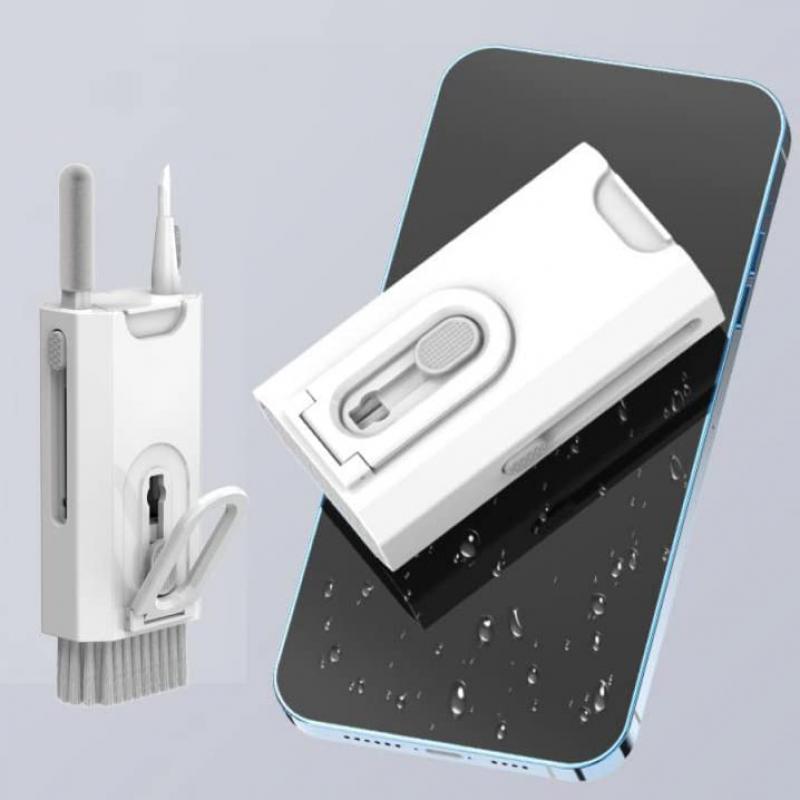
What do you clean microscope lenses with? The answer is lens tissue paper. Microscope lenses are delicate and require special care when cleaning to avoid scratches or damage. Lens tissue paper is specifically designed for cleaning lenses and is made of soft, non-abrasive materials that won't scratch the surface of the lens.
When cleaning microscope lenses, it's important to use a gentle touch and avoid using any harsh chemicals or abrasive materials. Lens tissue paper is a safe and effective option for cleaning lenses, as it is designed to remove dirt, dust, and other debris without damaging the lens.
In addition to using lens tissue paper, it's also important to store microscope lenses properly to prevent damage. Lenses should be stored in a clean, dry place and protected from dust and other contaminants. When not in use, lenses should be covered with lens caps or stored in a protective case.
Overall, cleaning microscope lenses requires a delicate touch and the use of specialized materials like lens tissue paper. By taking proper care of your microscope lenses, you can ensure that they remain in good condition and provide clear, accurate images for years to come.
4、 Compressed air blower
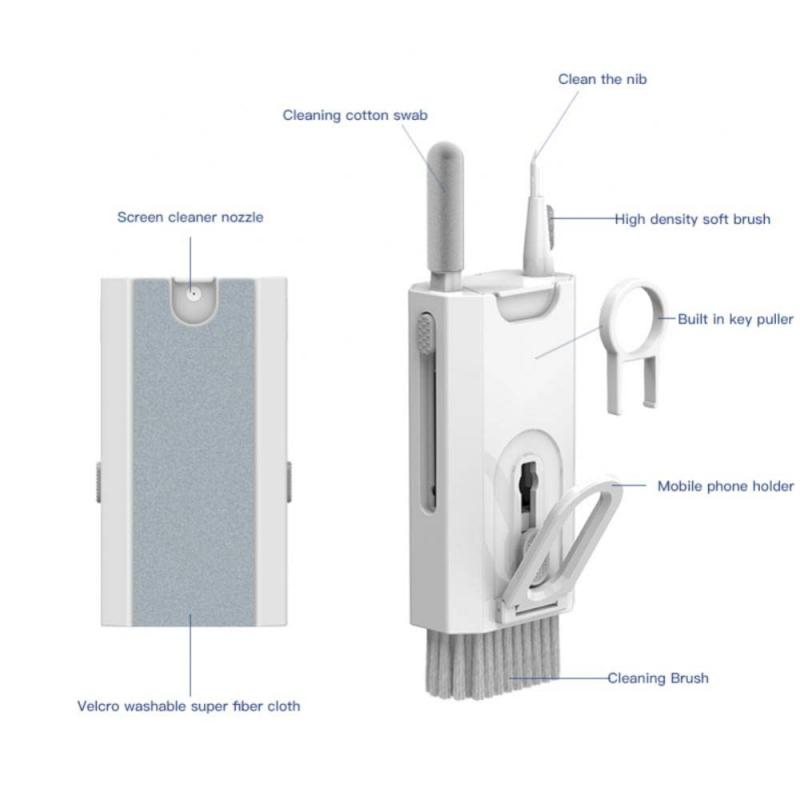
What do you clean microscope lenses with? The most common and effective method for cleaning microscope lenses is to use a compressed air blower. This tool is designed to blow away any dust or debris that may have accumulated on the lens surface without causing any damage to the lens itself.
However, it is important to note that not all compressed air blowers are created equal. Some may produce too much pressure, which can damage the lens or even blow dust particles deeper into the lens surface. It is recommended to use a blower with a low-pressure setting and a long nozzle to ensure that the air is directed precisely where it is needed.
In addition to using a compressed air blower, it is also important to use a lens cleaning solution and a microfiber cloth to remove any stubborn dirt or smudges. It is important to avoid using any harsh chemicals or abrasive materials that could scratch or damage the lens surface.
Overall, keeping microscope lenses clean is essential for maintaining clear and accurate images. By using a combination of a compressed air blower, lens cleaning solution, and microfiber cloth, you can ensure that your microscope lenses remain in top condition for years to come.


